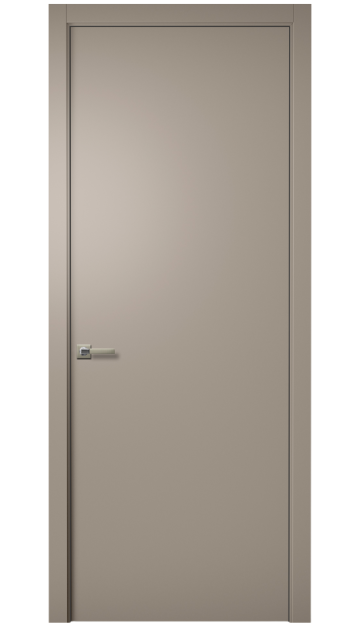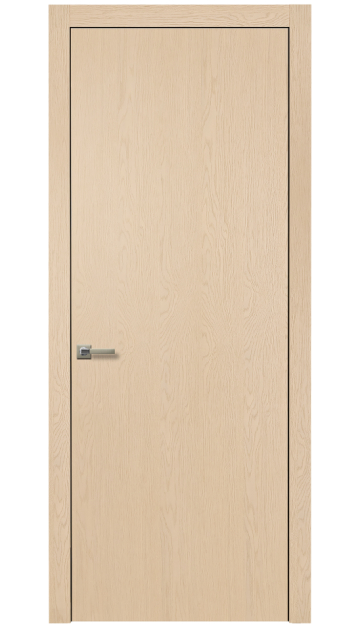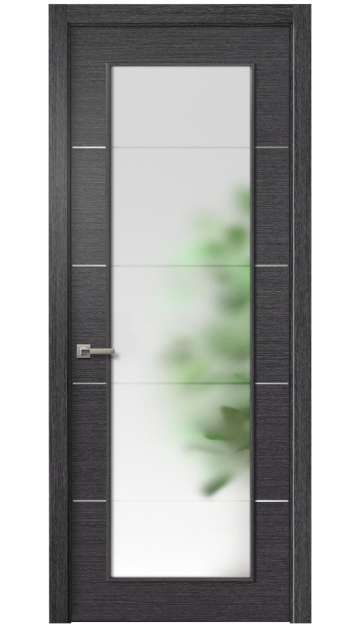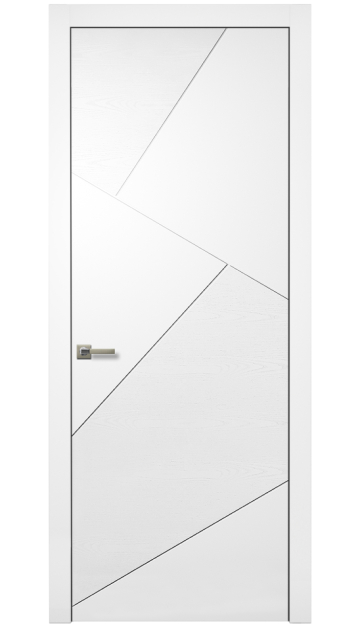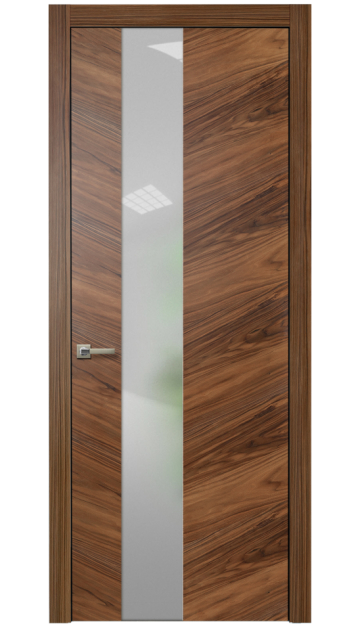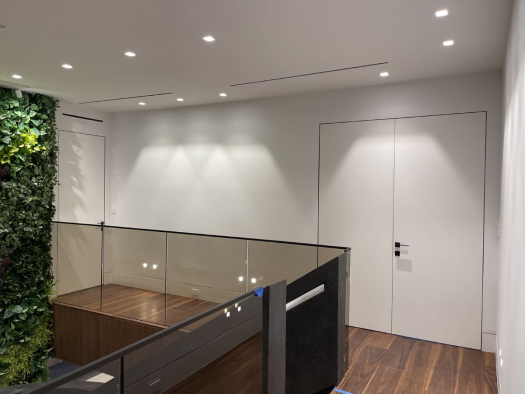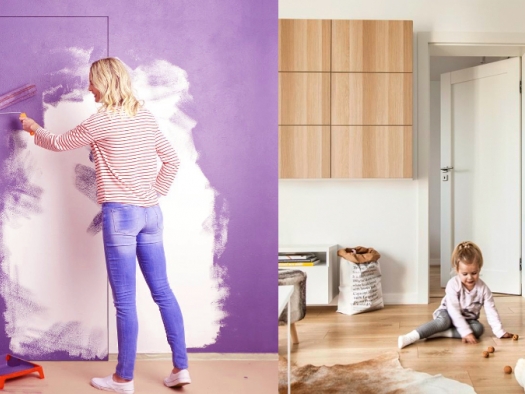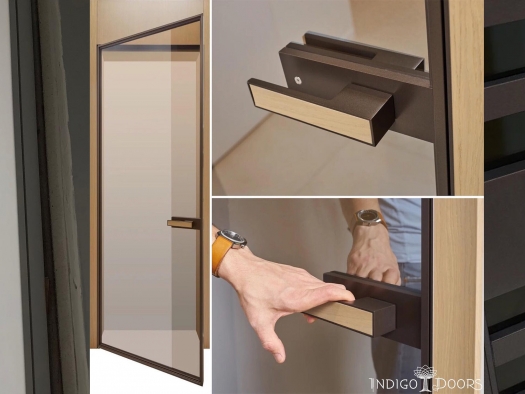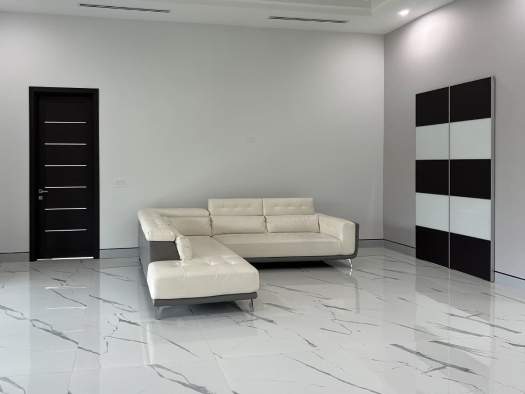- Factors That Affect the Cost of Interior Doors
- Key Aspects of Door Quality
- Types of Interior Doors and Their Price Ranges
- Low-Cost Interior Doors: Pros and Cons
- Premium Interior Doors: Are They Worth the Investment?
- How to Choose the Best Interior Door for Your Budget
- Hidden Costs to Consider
- Where to Buy Quality Interior Doors at the Best Price?
- Conclusion
Choosing the right interior doors is a crucial decision that impacts not only the aesthetics of a home but also its functionality and durability. Many homeowners struggle with finding the perfect balance between cost and quality, as both factors play a significant role in long-term satisfaction. A high-quality door can enhance the overall ambiance of a space, while a poorly made one may lead to frequent repairs and replacements.
In this guide, we will explore the various elements that determine the cost and quality of interior doors. Whether you are looking for a budget-friendly option or a premium model, understanding what to look for will help you make an informed decision that aligns with your needs and financial plan.

Factors That Affect the Cost of Interior Doors
The price of an interior door is influenced by several key factors, including materials, manufacturing techniques, brand reputation, and design complexity.
- Material: Solid wood doors tend to be the most expensive due to their durability and luxurious appeal. On the other hand, MDF (Medium-Density Fiberboard) and hollow-core doors offer more affordable alternatives with decent performance.
- Manufacturing Process: Mass-produced doors are typically more budget-friendly than custom-made ones, which involve specialized craftsmanship and higher-quality materials.
- Brand Reputation: Well-known brands often charge a premium due to their established reputation for quality and reliability. However, lesser-known manufacturers may offer comparable quality at a lower price.
- Additional Features: Doors with intricate carvings, glass inserts, or unique finishes are priced higher than standard designs. While decorative elements add to the aesthetic value, they also contribute to increased costs.
By evaluating these factors, homeowners can determine which aspects are most important to them and adjust their budget accordingly.
Key Aspects of Door Quality
Beyond price, the quality of an interior door plays a crucial role in its longevity and performance. Here are some key indicators of a well-made door:
- Durability: High-quality doors should withstand daily wear and tear without warping, cracking, or peeling.
- Resistance to Moisture and Temperature Changes: Solid wood doors are prone to expansion and contraction, making engineered wood or composite options preferable for humid environments.
- Soundproofing and Insulation: Thicker, solid-core doors provide better noise reduction and energy efficiency compared to hollow-core alternatives.
- Ease of Maintenance: Doors with high-quality finishes require minimal upkeep, resisting scratches and stains over time.
Investing in a door that meets these quality standards ensures long-term value and functionality.
Types of Interior Doors and Their Price Ranges
There are various types of interior doors, each with different price points based on material and construction:
- Hollow-Core Doors ($50 - $200): Lightweight and budget-friendly but less durable and soundproof.
- Solid-Core Doors ($150 - $500): Offer better durability and insulation while remaining relatively affordable.
- Solid Wood Doors ($300 - $1,000+): Premium quality with exceptional longevity and aesthetic appeal.
- Glass and Framed Glass Doors ($250 - $1,200): Modern and stylish, but costs increase with customization and glass quality.
- Metal and Composite Doors ($200 - $800): Durable and moisture-resistant, suitable for specific applications.
Understanding these price categories helps in choosing a door that meets both budget and quality expectations.

Low-Cost Interior Doors: Pros and Cons
Opting for budget-friendly doors may seem like a smart financial move, but it comes with trade-offs.
Pros:
- Affordable upfront cost
- Wide availability in various styles
- Suitable for temporary solutions or rental properties
Cons:
- Lower durability, leading to potential repairs or replacements
- Poor sound insulation
- Limited design and customization options
Low-cost doors can be a practical choice in certain situations, but for long-term use, investing in a mid-range or high-quality door is often a better decision.
Premium Interior Doors: Are They Worth the Investment?
High-end interior doors come at a higher price but offer numerous benefits that justify the cost.
- Superior Materials: Premium doors are often made from solid wood or advanced composites, ensuring longevity.
- Customization Options: Homeowners can choose from a variety of finishes, colors, and glass inserts to match their interior.
- Better Performance: Improved insulation, noise reduction, and moisture resistance enhance overall functionality.
For those looking for durability and elegance, premium doors provide long-term value and aesthetic appeal.
How to Choose the Best Interior Door for Your Budget
Selecting the right door involves more than just price comparison. Consider these factors:
- Determine your budget range and stick to it
- Prioritize durability over appearance if functionality is a concern
- Choose materials that fit your home's climate and needs
- Compare multiple brands and reviews to ensure quality
By focusing on these aspects, homeowners can make a smart purchase that balances affordability and quality.
Hidden Costs to Consider
When budgeting for an interior door, additional expenses should be taken into account:
- Installation Fees: Professional installation can cost between $100 and $300 per door.
- Hardware Costs: Handles, hinges, and locks can add an extra $50 to $200 to the total price.
- Maintenance Expenses: High-maintenance materials require regular upkeep, increasing long-term costs.
Being aware of these hidden costs helps in making a more accurate financial plan.
Where to Buy Quality Interior Doors at the Best Price?
Finding the right supplier is essential for both affordability and quality. Consider these options:
- Online Retailers: Convenient and often offer discounts, but quality assessment can be challenging.
- Local Showrooms: Allow for in-person inspection but may have higher prices.
- Specialized Door Suppliers (e.g., Indigo Doors): Offer high-quality, customizable options at competitive prices.
Shopping from a trusted supplier ensures that you get the best value for your money.
Conclusion
Balancing cost and quality when purchasing interior doors requires careful consideration of materials, design, and additional expenses. Whether opting for a budget-friendly option or a high-end model, prioritizing durability and functionality ensures long-term satisfaction.
By understanding price categories, quality indicators, and potential hidden costs, homeowners can make an informed decision that enhances both the aesthetic and practical aspects of their home.

